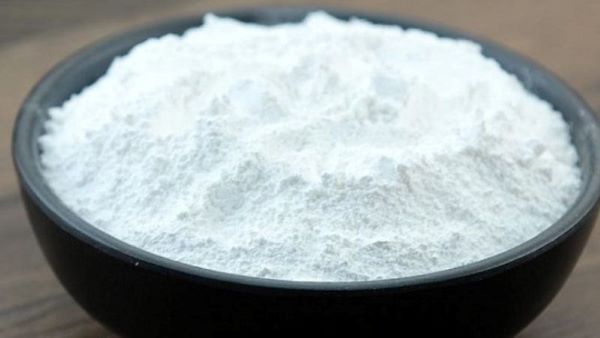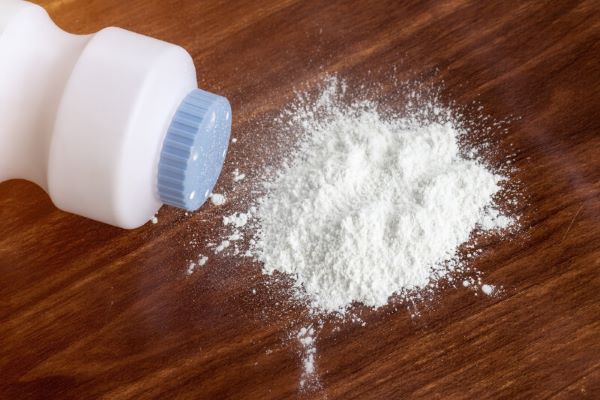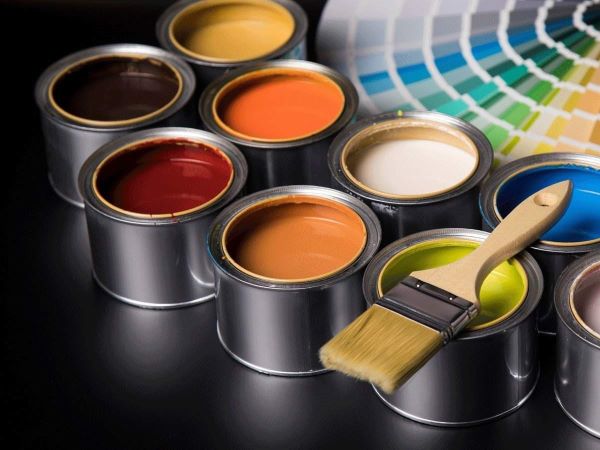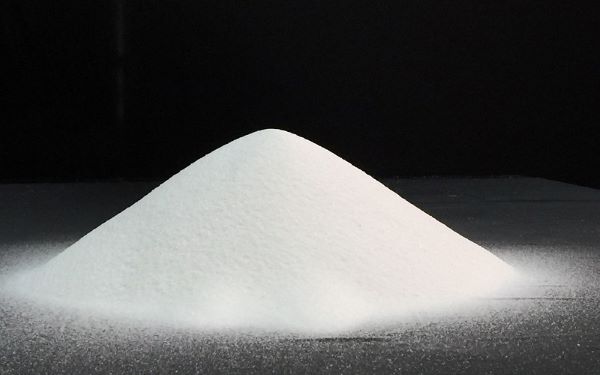NEWS & EVENTS
- Home
- News
- Products Information
- Exploring the applications of talc powder used in paint
Exploring the applications of talc powder used in paint
August 13,2025

In the field of modern paint production, the use of mineral additives to improve quality and optimize costs has gained increasing attention. One widely applied and highly effective material is talc powder used in paint. Thanks to its soft and fine properties, plate-like structure, and good dispersibility, talc powder not only enhances adhesion and creates a smooth surface but also improves durability, controls viscosity, and reduces settling. For these reasons, talc powder has increasingly become an indispensable component in many types of paints, from residential to industrial applications.

The benefits of talc powder in paint
Enhances durability
Talc powder helps the paint layer resist physical and chemical agents such as impact, abrasion, sunlight, humidity, and high temperatures. The chemical inertness of talc prevents the paint from deteriorating when exposed to mild acids, alkalis, or common solvents. Additionally, talc’s heat-insulating properties also enhance the durability of protective and heat-resistant paints.
Creates a smooth surface
The ultra-fine and smooth structure of talc particles helps the paint layer achieve an even-colored, smooth surface with enhanced natural gloss. This characteristic is especially suitable for interior paints, decorative coatings, or wood paints, where aesthetics and surface smoothness are top priorities. Talc also reduces brush marks, streaks, and uneven rolling during application.
Controls viscosity
An important factor in paint production and application is controlling the appropriate viscosity. Talc has the ability to adjust viscosity, making the paint easy to apply with brushes, rollers, or spray equipment. This not only ensures an even coating on the surface but also reduces sagging, dripping, or flaking during use.
Applications of talc powder in paint
Talc powder is present in most types of paints, from residential to industrial, due to its versatility and high effectiveness. Some typical applications include:

Typical applications of talc powder in paint
The effects of talc powder in paint
In the paint manufacturing industry, selecting the right additives plays a key role in determining the quality and performance of the final product. Talc powder is one of the important additives, offering numerous outstanding benefits during the production and application of paint.
The benefits of talc powder in paint
Used as a filler
Talc powder is considered an ideal inorganic filler due to its plate-like crystal structure and soft, fine properties. When added to paint, talc powder not only increases volume but also preserves the physical and mechanical properties of the product. This allows manufacturers to reduce costs without affecting the quality of the finished paint layer. Additionally, talc helps improve smoothness, reduce settling, and control the uniformity of dispersed particles in the paint.Improves adhesion
One of the outstanding advantages of talc powder is its ability to support a strong bond between the paint layer and the surface being coated. As a result, the paint does not peel, crack, or blister over time. Especially for primers or industrial coatings applied on metal, talc significantly enhances adhesion, contributing to a longer lifespan of the coating.Enhances durability
Talc powder helps the paint layer resist physical and chemical agents such as impact, abrasion, sunlight, humidity, and high temperatures. The chemical inertness of talc prevents the paint from deteriorating when exposed to mild acids, alkalis, or common solvents. Additionally, talc’s heat-insulating properties also enhance the durability of protective and heat-resistant paints.
Creates a smooth surface
The ultra-fine and smooth structure of talc particles helps the paint layer achieve an even-colored, smooth surface with enhanced natural gloss. This characteristic is especially suitable for interior paints, decorative coatings, or wood paints, where aesthetics and surface smoothness are top priorities. Talc also reduces brush marks, streaks, and uneven rolling during application.
Controls viscosity
An important factor in paint production and application is controlling the appropriate viscosity. Talc has the ability to adjust viscosity, making the paint easy to apply with brushes, rollers, or spray equipment. This not only ensures an even coating on the surface but also reduces sagging, dripping, or flaking during use.
Applications of talc powder in paint
Talc powder is present in most types of paints, from residential to industrial, due to its versatility and high effectiveness. Some typical applications include:

Typical applications of talc powder in paint
Interior and exterior paints
Talc helps create a smooth surface, increase coverage, prevent cracking, and improve moisture resistance, making it ideal for paints used indoors and outdoors. In particular, talc enhances resistance to mold and keeps wall surfaces clean and attractive in humid conditions.
Industrial and primer paints
In coatings for metals, steel structures, or machinery, talc plays a crucial role in improving adhesion, mechanical strength, and abrasion resistance. In primers, talc helps form a well-adhered base and provides a smooth surface for subsequent coatings.
Marine and container paints
The marine environment, with high salinity and humidity, can damage paint layers if protective components are absent. Talc increases corrosion resistance and reduces the negative effects of seawater and UV exposure, protecting surfaces over time.
Heat-resistant and waterproof paints
Thanks to its natural heat-insulating properties, talc is used in heat-resistant paints, coatings for chimneys, surfaces exposed to heat, and roofing insulation paints. In waterproof paints, talc helps prevent water penetration by creating a uniform, well-bonded coating layer.
Ceramics, paper, rubber, and coating materials
Beyond paint, talc is also applied in various other industries:
Talc powder applications in the ceramics, paper, and rubber industries
Talc helps create a smooth surface, increase coverage, prevent cracking, and improve moisture resistance, making it ideal for paints used indoors and outdoors. In particular, talc enhances resistance to mold and keeps wall surfaces clean and attractive in humid conditions.
Industrial and primer paints
In coatings for metals, steel structures, or machinery, talc plays a crucial role in improving adhesion, mechanical strength, and abrasion resistance. In primers, talc helps form a well-adhered base and provides a smooth surface for subsequent coatings.
Marine and container paints
The marine environment, with high salinity and humidity, can damage paint layers if protective components are absent. Talc increases corrosion resistance and reduces the negative effects of seawater and UV exposure, protecting surfaces over time.
Heat-resistant and waterproof paints
Thanks to its natural heat-insulating properties, talc is used in heat-resistant paints, coatings for chimneys, surfaces exposed to heat, and roofing insulation paints. In waterproof paints, talc helps prevent water penetration by creating a uniform, well-bonded coating layer.
Ceramics, paper, rubber, and coating materials
Beyond paint, talc is also applied in various other industries:
- Ceramics: Enhances whiteness, smoothness, and heat resistance of glazes.
- Paper: Used as a filler to improve whiteness, smoothness, and printability.
- Rubber and plastics: Improves tensile strength, softness, and elasticity.
- Decorative coatings and construction materials: Increases waterproofing, mechanical strength, and adhesion.

Talc powder applications in the ceramics, paper, and rubber industries
Talc powder used in paint is not just an ordinary filler but also plays a crucial role in enhancing the quality, durability, and aesthetics of paint products. With outstanding advantages in improving adhesion, controlling viscosity, and creating a smooth surface, talc powder is increasingly establishing an irreplaceable position in the modern paint industry. Choosing the right high-quality talc powder is a key factor that helps businesses optimize production processes and increase product value.
